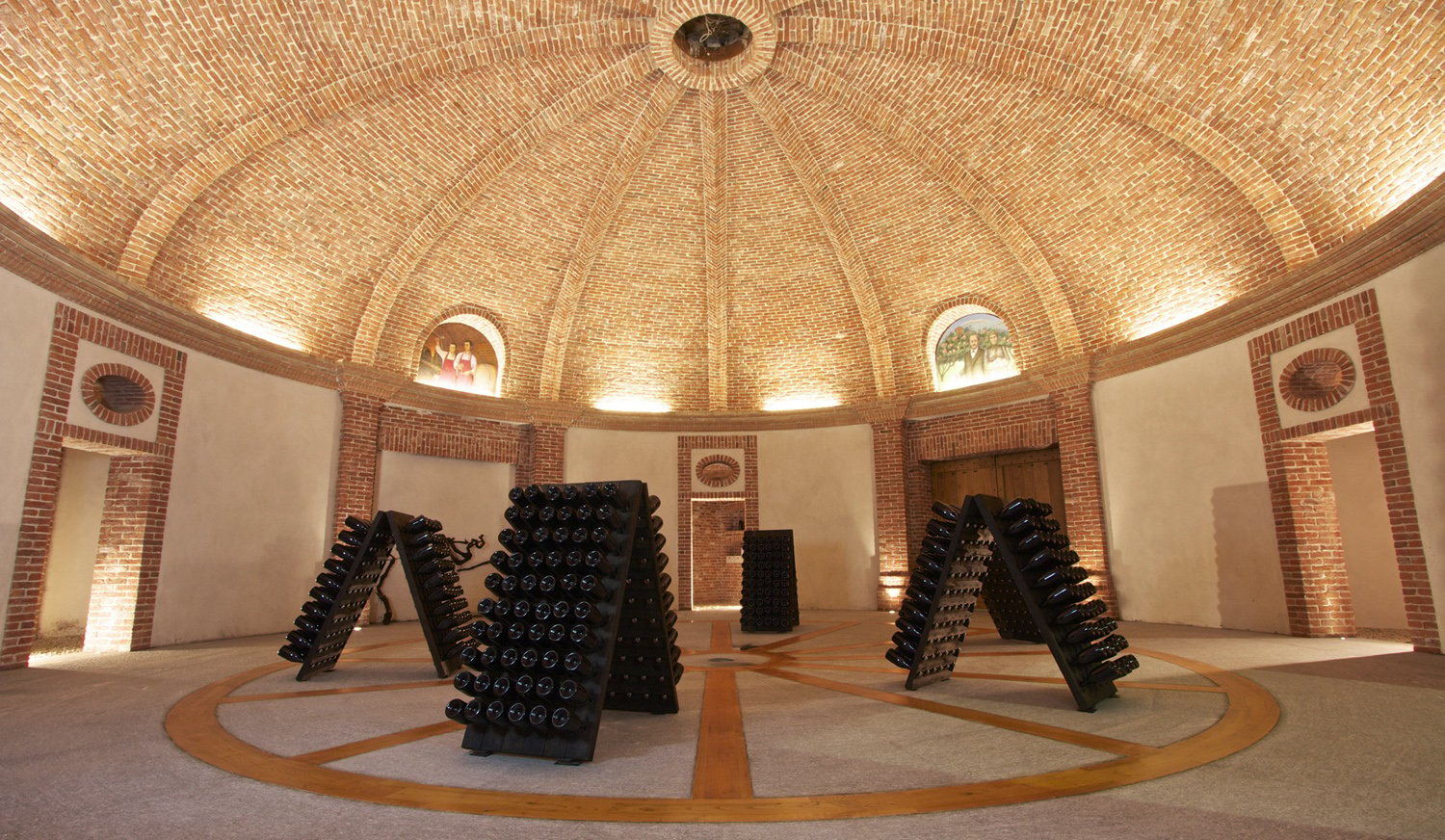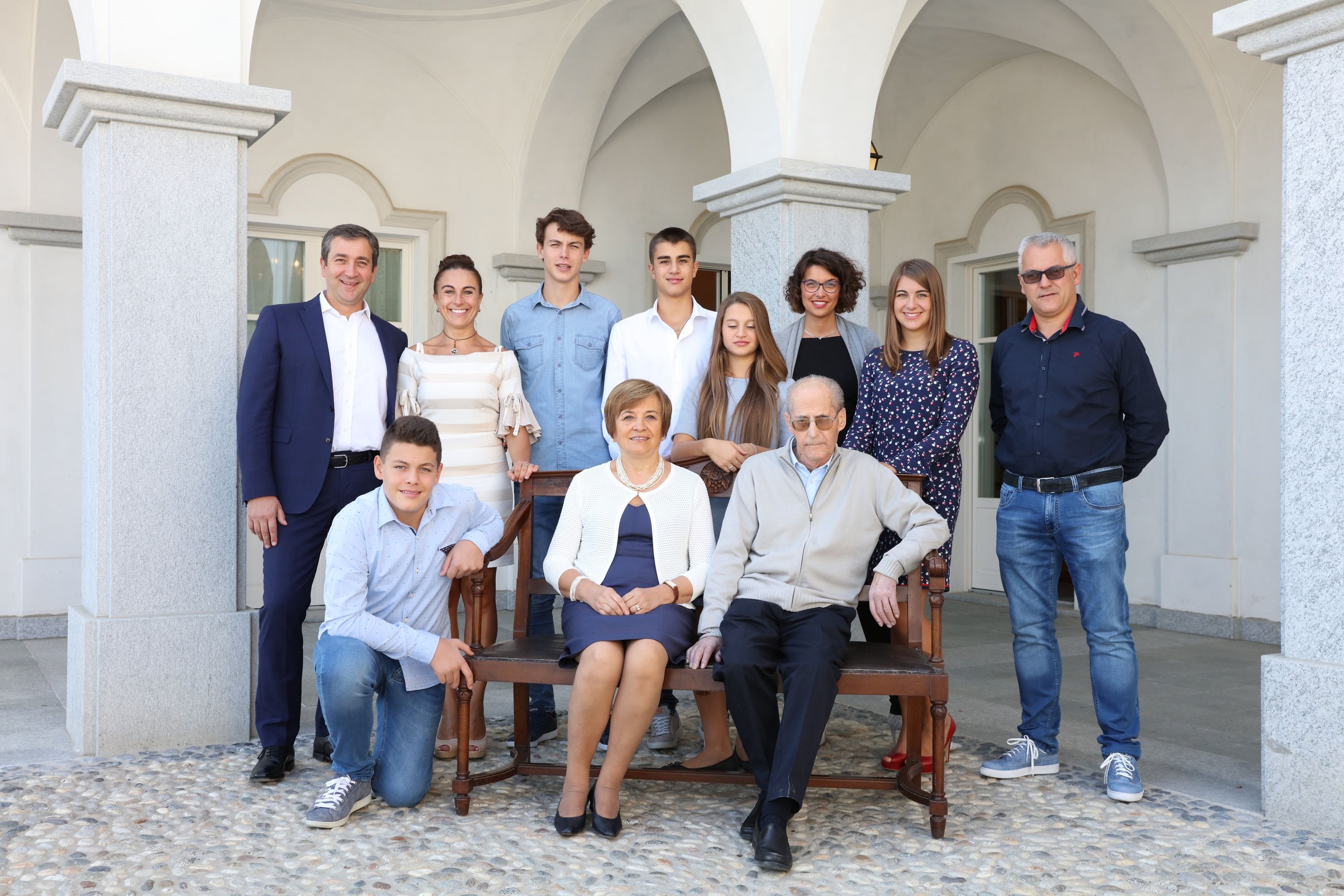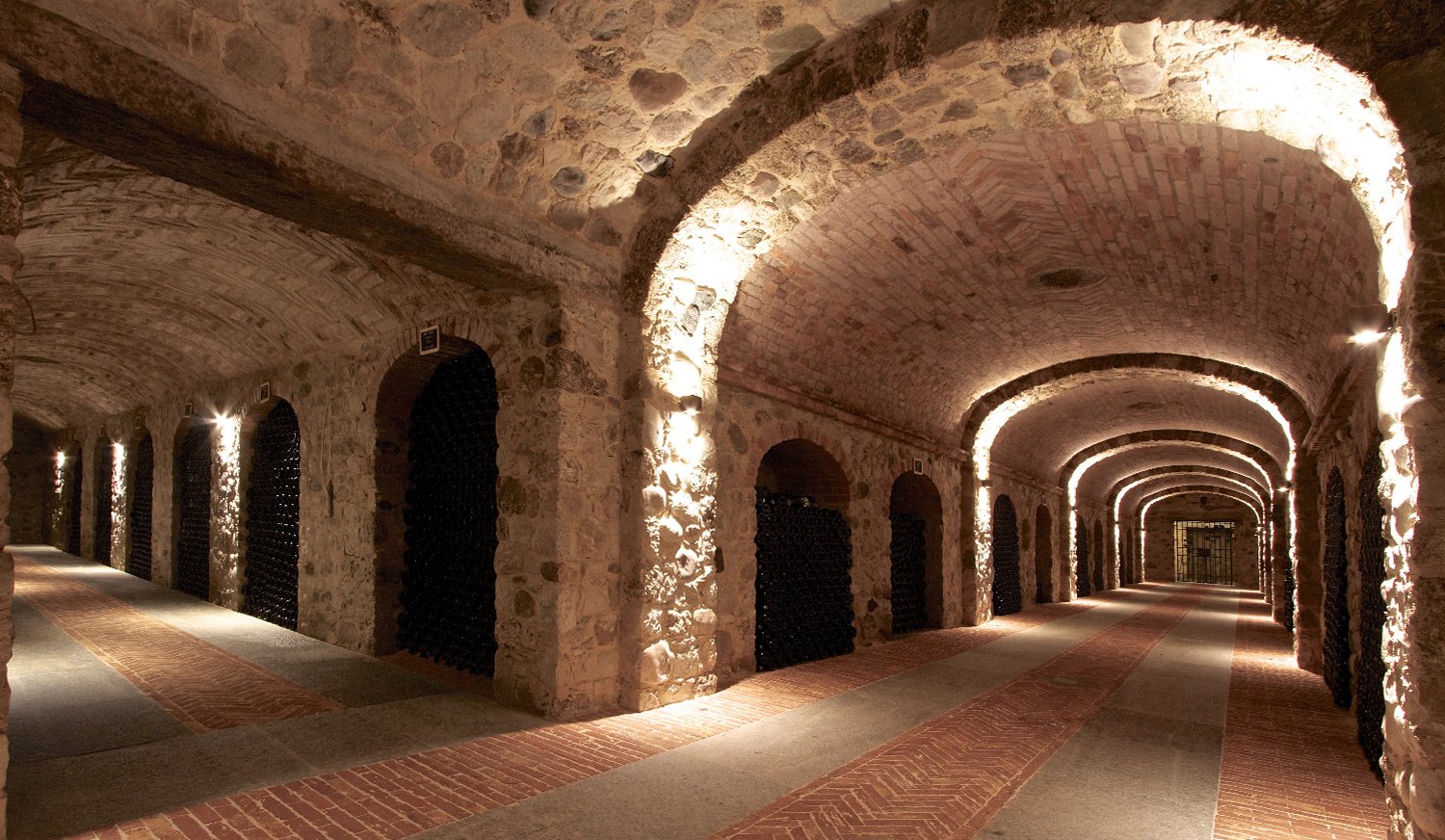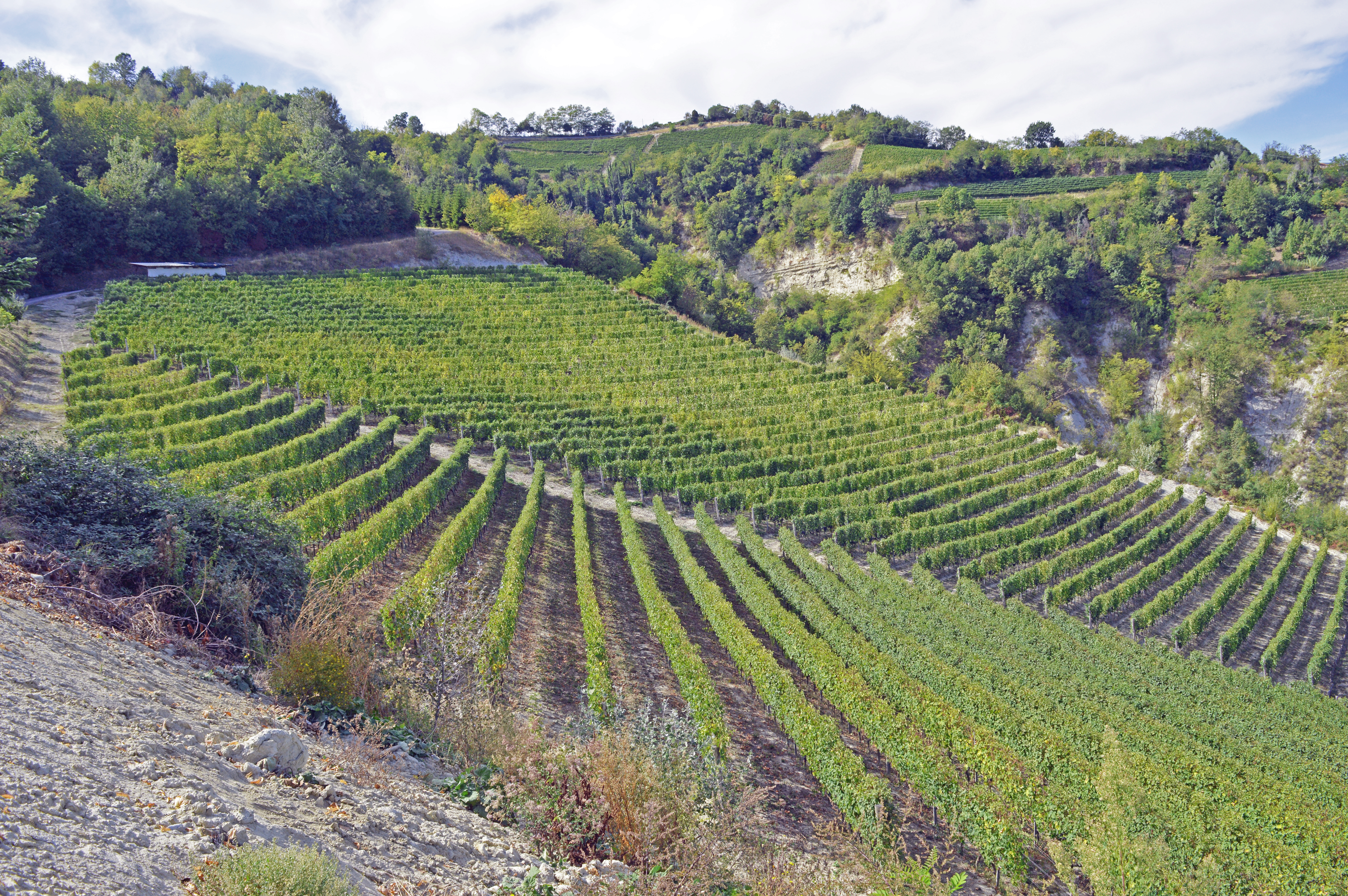2020 Cascina Chicco Barolo Rocche di Castelletto

| Type of Wine | Red |
|---|---|
| Country | Italy |
| Region | |
| Appellation | |
| Winery | |
| Vintage | 2020 |
| Grape | |
| Content (Alc) | 0.75 ltr (14.5%) |
| Drink window | 2024 - 2036 |
Description
Started by the grandfather in the 50s with the purchase of 1Ha of vineyard in Canale. The Faccenda family develops in a few decades into one of the most important wine producers in the Roero area. The choice of vineyards is therefore very deliberate: all six are located in Cru areas: Mompissano in Canale, Valmaggiore in Vezza d'Alba and Ginestra in Monforte d'Alba.
Cascina Chicco offers red, white and “metodo classico” wines, all of top quality: from the classic Roero’s, including a red Roero, a white Roero Arneis, “friend of all” Barbera and the “Nebbiolo” king Barolo. The renowned “Gambero Rosso” guide has already written several times full of praise about this promising winery.
The Cascina Chicco Barolo Rocche di Castelletto is without a doubt the most viewed version of Cascina Chicco. A Barolo of extremely high quality at a nice price. Of course this is a 100% Nebbiolo coming from the vineyards Ginestra and Castelletto South and Southeast oriented on calcareous soil. Area known for the best vineyards for Barolo.
In this vineyard, the yield is no higher than 2 kg per vine. These also undergo a thinning at the beginning and end of August. The harvest is done manually by specialized people, in 2 passages (difference of 6 to 10 days), with special attention to the selection of the grape bunches.
Fermentation takes place for 15 days in small stainless steel tanks, with repeated pumping over for a better extraction of the colour. Maceration continues for 40 to 45 days. This is followed by maturation for 30 months in wooden barrels of 2000, 2500 and 5000 litres (with malolactic fermentation), 12 months of fining in stainless steel and 8 months of maturation in the bottle. This wine is marketed 4 years after the harvest. It is then already nicely ready to drink after decanting, but with a few years of bottle maturation the wine becomes even more elegant and the tannins merge.
On the nose, the Cascina Chicco Barolo Rocche di Castelletto is very elegant, with complex aromas of raspberry jam, liquorice and spicy notes. On the palate, this Barolo manifests itself as full-bodied, powerful and harmonious thanks to the round tannins that characterize the finish. A great wine that goes well with main courses of roasted and spiced meat or with old cheese.

Specifications
| Type of Wine | Red |
|---|---|
| Country | Italy |
| Region | Piemonte |
| Appellation | Barolo |
| Winery | Cascina Chicco |
| Grape | Nebbiolo |
| Biological certified | No |
| Natural wine | No |
| Vegan | No |
| Vintage | 2020 |
| Drinking as of | 2024 |
| Drinking till | 2036 |
| Alcohol % | 14.5 |
| Alcohol free/low | No |
| Content | 0.75 ltr |
| Oak aging | Yes |
| Sparkling | No |
| Dessert wine | No |
| Closure | Cork |
| James Suckling rating | 93 |
| Vinous rating | 90 |
| Tasting Profiles | Earthy, Rustic, Complex, Dry, Aged on wood, Powerful, Mineral, Red fruit, Tannines |
| Drink moments | Indruk maken, Lekker luxe |
Wijnhuis
Cascina Chicco now has several vineyards with a total area of 40 hectares. One of the vineyards, Ginestra, is located near the town of Monforte d'Alba, in the middle of the production area of the Barolo. In this vineyard, with an area of 5 hectares, Nebbiolo is planted for their Barolo Rocche di Castelletto.
The wine cellar, with an area of about 1800 square meters, has been completely excavated into the hill. The cellar is therefore partly located under the building and extends almost 30 meters under the hill. It is divided into a labyrinth of corridors, alcoves and rooms. Centrally located in the basement is the beautiful Sala della Ruota. It is a huge dodecagonal space with a dome and a large number of arches. The floor consists of an image of the wheel of the Roero, the symbol of the lords who ruled in this region in the Middle Ages and later. Above a number of niches are paintings depicting different generations of the Faccenda family. The stones used to build the cellar come in part from an old farm that once stood on the property. This ensures the old and authentic look of the cellar.




